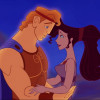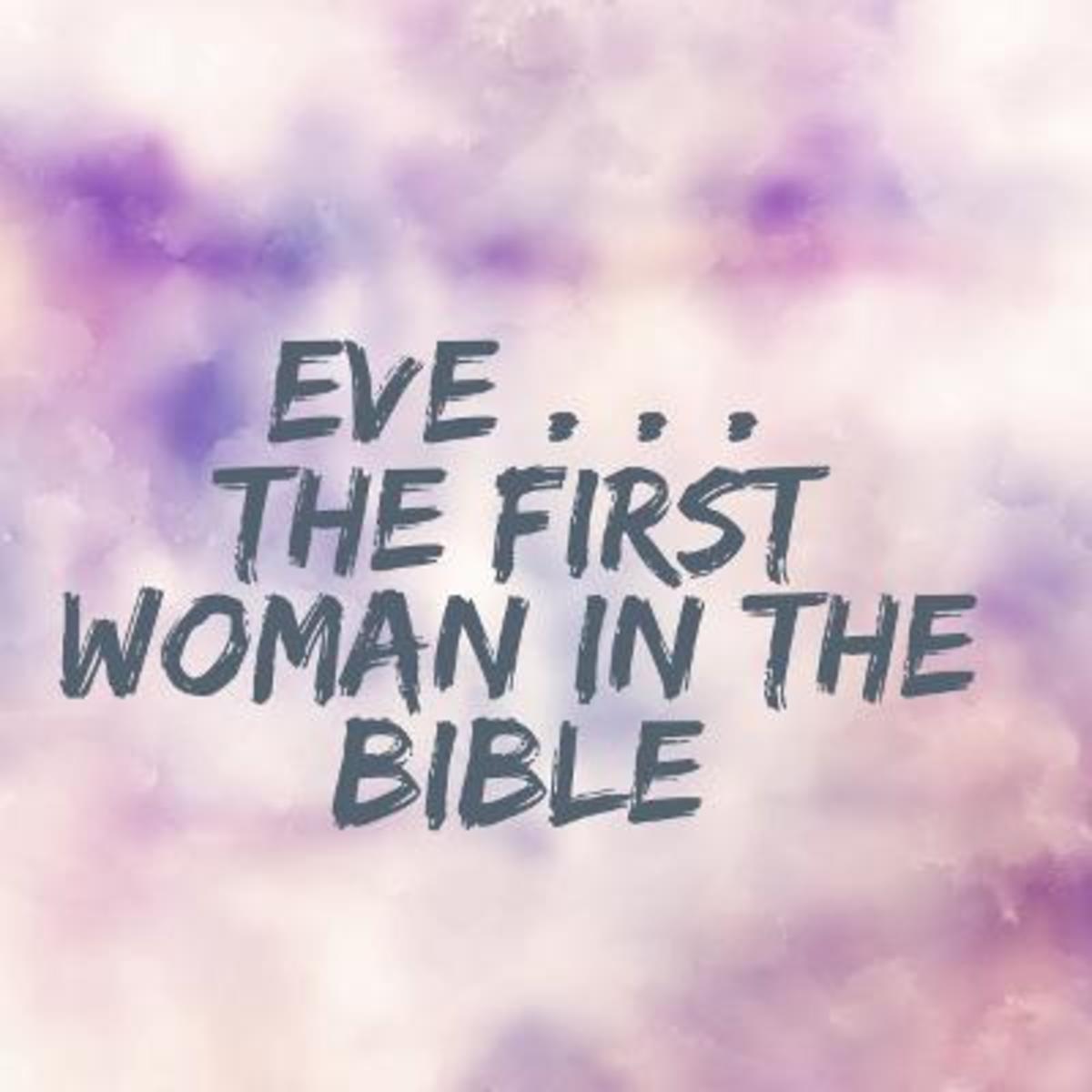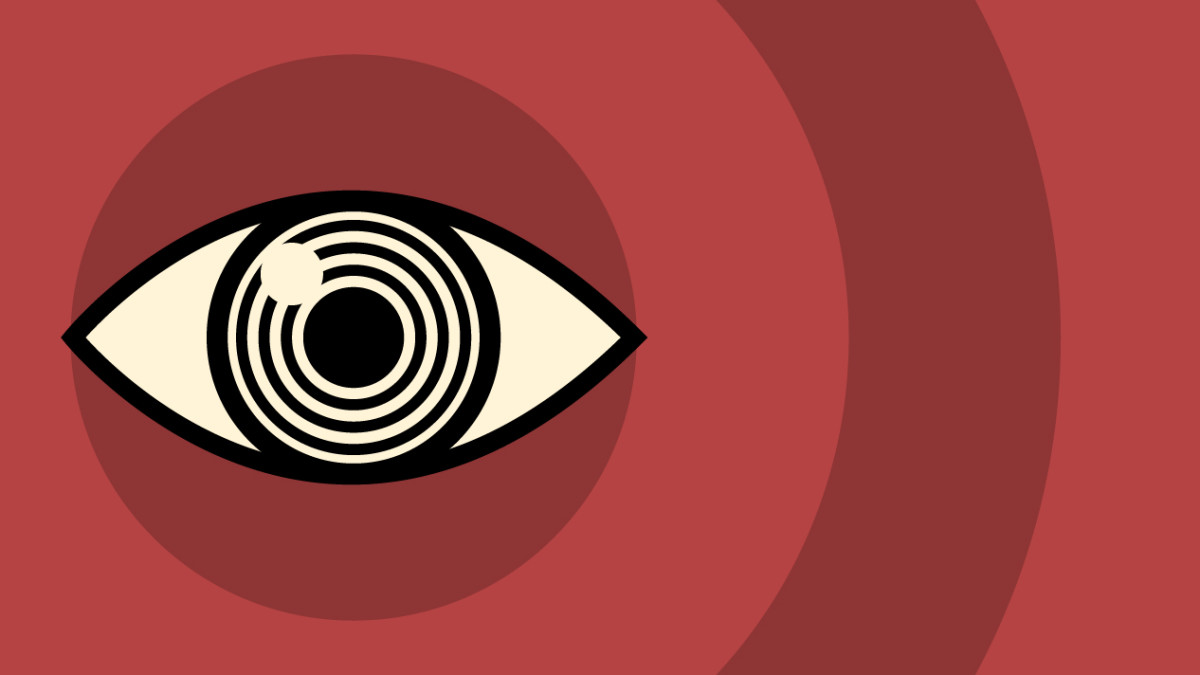Unto the Daughters Feminist Criticsm
In the beginning, there was Adam and Eve. They were the first humans on earth without troubles, problems, or dilemmas. But there was also a snake, a terrible, horrid, manipulating snake from which there could only be evil. This snake tried again and again to convince Eve to eat from the tree of knowledge, which would ‘set her free’. Eve wouldn’t because Adam had told her not to, and he, the first man of the world, would chase off the snake every time it was near. The snake told the woman of how she would name her child Cain, but the woman did not believe the snake, and believed she would name him Silas. The snake was right though, and Adam chose the name Cain. Some time later, after Cain and his brother Abel had grown up quite a bit, Sheitha is born; a bright and cheerful baby girl. Sheitha, older now, decided one day that she had to go with her father to name animals, but Adam refused. “No, precious. Sheitha can’t go. Little girls can’t go.”(Kress, pg. 170). This action by Adam upsets Eve, and so the snake, seeing Eve is upset, tries again to persuade Eve into taking from the tree of knowledge. Eve does, and changes the future the snake had predicted for all the women of the future.
I chose the Feminist lens for the story, Unto the Daughters, because the story explicitly describes the treatment of women in a world where man is dominating. The first gender roles were made here, and the first ever undermining of these said gender roles happened here. Unto the Daughters is a simple piece which portrays the ‘other view’ as if the snake were trying to save Eve from Adam and his dominance.
In this story, the relationship between men and women is evident. The man is the superior, has all of the say when it comes to decisions, they love their wives and are quite faithful. “Adam makes all the decisions, decides all the rules, thinks up all the names, does all the thinking.”(Kress, pg.169). The men are caretakers, do the manual labour, and the large jobs. “Daddy has to go get more sugar cane.”(Kress, pg.170). The women of the story are in the stereotypical gender roles, “Eve, who spends every day sewing and changing diapers and sweeping and slicing breadfruit.”(Kress, pr.169). Women are those who look after the family, prepare meals, and do nothing else.
The male and female roles are defined when Adam and Eve do their daily routines. Eve takes care of the children and Adam gathers food and other resources. Even little Abel realized the gender roles and his role in being in charge from a young age. “Mommy do what Abel say!”(Kress, pg.169).
The masculinity and femininity are shown with Adam and Eve. Adam is portrayed as, “He could run five miles and not be winded. He could make love to the woman five times a day, and did.”(Kress, pg.165). Eve though, is portrayed as stupid woman, “She’s so stupid compared to the man!”(Kress, pg.166). Eve acts upon this principle saying, “I don’t need knowledge.”(Kress, pg.166). She then goes on to talk about how Adam is the one who decides everything, and how she doesn’t need to know anything. Eve shows that being a woman is only to be the bearer of children, the provider of meals, and the house maid.
Sheitha at one point wants to go with her father to name the animals. Sheitha loves animals and is quite young, not realizing the role of genders in her small world. Sheitha is told she can’t go, and throws a small fit before bursting into tears. Small, fragile Sheitha can’t go with her father because she is a girl. Sheitha soon will realize this, and will never be able to take on an opposite gender role in her life.
Unto the Daughters shows that the economics, politics and society were completely male based. It shows that the fore-father of patriarchy, Adam, was the figure of all economics, politics and society. What he said was what happened, and he had full control. This was the beginning, making it the almost perfect world.
Sisterhood in this story, as a feminine way of resisting patriarchy would be shown when Eve eats the apple from the tree of knowledge. She then shares it with Sheitha, opening both of their minds to the possibility of a new world where they could be ‘free’. By doing this, Eve is showing the patriarchal way of life that she can do things by herself and she needs nobody. She is free of being inferior, and is now superior in her own way.








